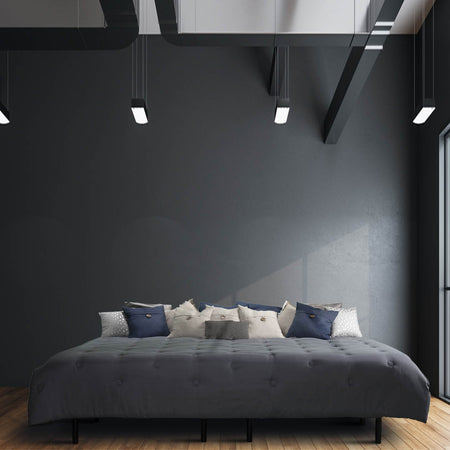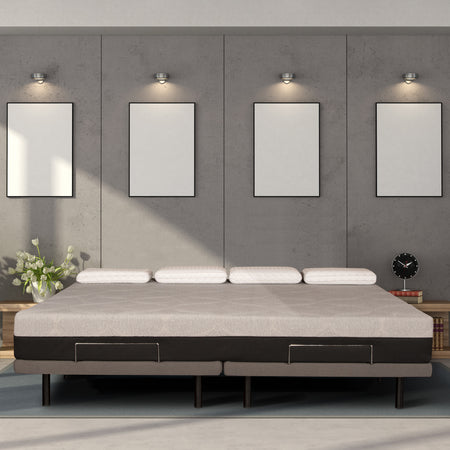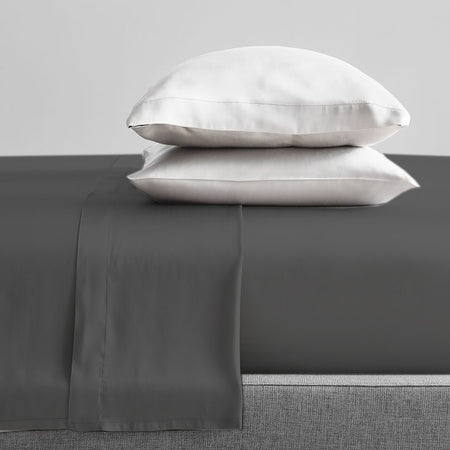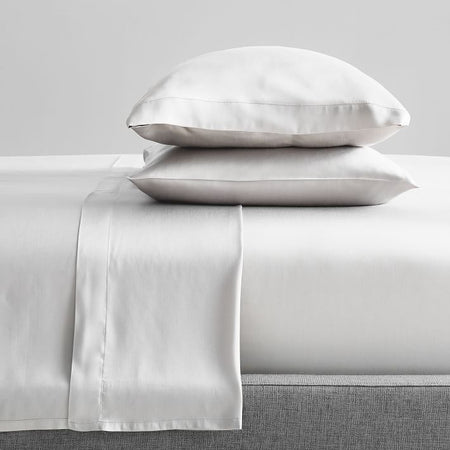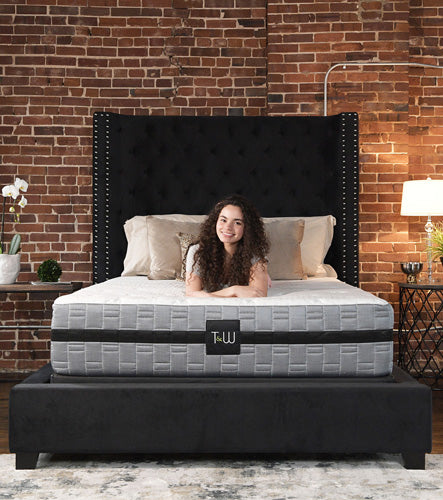What’s the first thing that comes to mind when you think about your bedroom? If you’re like most people, it’s likely your bed and sleeping. And expectedly so because that’s what bedrooms are for. But imagine if your bedroom could do more than provide a place to sleep. What if it became a space that calms your mind and helps you truly relax?
It’s not as complicated as it sounds. You can do many simple things to transform your bedroom into something beautiful. We’ll share these in this post to help you create a space that looks and feels like your favorite holiday destination.
Focus on Calming Décor
Your bedroom is your personal space—and a critical one, for that matter. You’ll spend about a third of your life there, so it’s a good idea to ensure it reflects your style, personality, and experiences. A good way to pull this off is by adding artwork, photos, and sentimental pieces that make your bedroom inviting.
You can also add cozy textures, like a soft throw or a plush rug, to make the room feel warmer and more relaxing. Keep your décor minimal to avoid clutter. Opt for smooth, neutral colors or tones that make you feel peaceful—these can greatly impact your mood and how easy it is to fall asleep.

Use Color Psychology for Relaxation
The colors in your bedroom have a direct impact on how you feel. Color psychology suggests that certain shades can help you relax while others might energize you. When designing your sleep sanctuary, focus on calming and restful colors.
Shades of blue, green, and soft neutrals encourage deep sleep and relaxation. Bright colors like red or orange can increase energy and disrupt sleep patterns. Opt for softer hues that will help you unwind close to bedtime, allowing you to fall asleep faster and stay asleep longer.
If you’re not a heavy sleeper and tend to wake up during the night, consider adding darker shades of blue or gray to help reduce light exposure and support better sleep quality.
Embrace Minimalist Design
Minimalism plays a huge role in creating a sleep-friendly bedroom. A cluttered room can lead to a cluttered mind, making it difficult to sleep deeply. Embrace minimalist bedroom design ideas to create a space that encourages relaxation without overwhelming your senses.
Start by removing unnecessary items from your room. Simplify your décor, reduce your furniture, and only keep essentials like your bed, nightstand, and maybe a small seating area. The goal is to eliminate visual distractions that could disrupt your sleep patterns.
For lighting, choose soft, dimmable options that won’t keep you awake when you’re ready to rest. Avoid bright light in the evenings, as it can interfere with your body’s sleep cycle. Try using blackout curtains to block out light from outside, which can disrupt sleep if you light sleep.
Choose the Right Mattress

Your mattress is one of the most critical components of a good night’s sleep. While it’s easy to overlook, your mattress directly impacts how well you sleep at night. A poor-quality mattress can cause discomfort, back pain, and even long-term sleep disorders. One survey estimated that 7% of sleep issues were linked to an uncomfortable mattress.
So, as you design your bedroom, pay more attention to your mattress. If yours is old or doesn’t provide the necessary support, now is a great time to replace it with a good-quality mattress. Most experts recommend medium-firm surfaces. But since every person is different, it’s best to find what works for you.
A good way to do that is by considering your sleep positions. Whether you’re a back, side, or stomach sleeper, you need a mattress that supports your body and spine alignment.
- Memory foam is known for its ability to comfort the body. They offer excellent support and pressure relief.
- Spring mattresses provide support and a firm feel.
- Hybrid mattresses combine the best of memory foam and spring mattresses.
If you sleep too hot or cold at night, you’ll also need to consider the temperature aspect. Some mattresses have built-in heating and cooling systems that allow you to adjust the temperature accordingly, and they can be a game changer in your sleep experience.
The right mattress will help prevent aches and pains and improve sleep quality. It also reduces the risk of developing long-term health issues like heart disease, as proper sleep is essential for overall wellness.
Find the Best Bed Frame
Pair your mattress with a beautiful platform, storage, canopy, or adjustable bed frame. When selecting a frame, consider the overall design you want for your bedroom. A minimalist frame can enhance relaxation, while upholstered or wooden frames add warmth and character.
The material you choose—wood, metal, or fabric—should match your aesthetic and practical needs. Also, think about the height and size of the frame. A lower frame can create a grounded, cozy feel, while a taller one may add elegance and make getting in and out of bed easier.

Add Bedding Essentials
Your bed is the main attraction in your bedroom, so the bedding needs to look good and feel even better. You want soft and cozy bedding, something you’ll look forward to every night. Go for breathable cotton or linen fabrics that help keep you comfortable throughout the night. It’s also nice to layer things up with a soft throw or a plush duvet, making everything feel more luxurious.
Additional Tips for a Perfect Sleep Sanctuary
In addition to the steps above, here are more tips on how to sleep better at night naturally:
- Soundproof your room as much as possible to block out noise.
- Do a digital detox by keeping your phone, tablet, or laptop out of the bedroom (or at least out of reach) so you’re not tempted to stay up scrolling.
- Use quality scents (lavender, chamomile, etc.) and sleep aids (masks, white noise machines, etc.) to help you sleep better.



